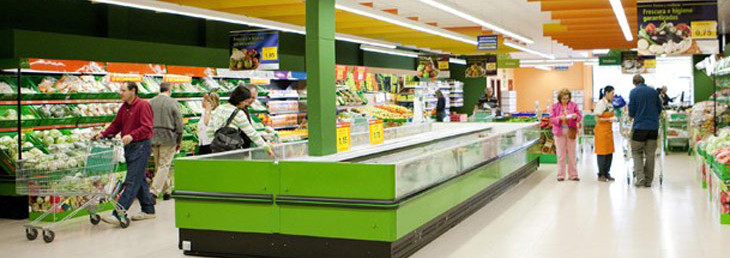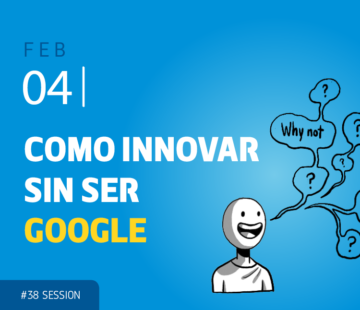No wonder Mercadona products have so many prescribers

For years, Mercadona has been consolidating a leading position in the food retail sector in Spain. Specially since economic crisis started, this position has consolidated even more, distinguishing from competitors by innovatively achieving cost reductions while maintaining and improving quality.
Mercadona is also known by the continuous introduction of new products. Many times, these products seem to be so loved by a big number of customers that is quite likely to find one acting as prescriber among your friends or acquaintances. Not many people know that this is probably not accidental, because Mercadona has been putting Co-innovation with customers into action for some years.
In fact, Mercadona has launched or improved more than thousand articles with suggestions from customers in its laboratories. They call it ‘Apron Strategy’ and it’s a materialization of founder Juan Roig vision and repeated motto for years: “Customer is the real Boss”. Since this strategy becoming operational , more than 7,000 customers have passed through its co-innovation centers to help improving or creating new products.
The chain currently has more than ten such centers scattered in the country, each one specialized in a product category: breakfasts and lunches ; coffees , cocoas and teas ; snacks ; cooking ; dairy desserts and ice cream; chocolates and sweets ; beverages ; perfumery; pets and home maintenance ; cleaning the house ; personal care; and personal hygiene.
These are located at some stores and recreate everyday situations in which the client interacts with products. The purpose is to see how they eat, wash their hair or care for their pets to draw conclusions. The magic formula? as simple as to ” listen and watch”, says the company.
Every lab is managed by monitors who are responsible for detecting consumers “in love” with a product or category. These “bosses” are then invited into the center of co-innovation. All is tested : new recipes, new packaging designs , variations in layout , and so on. After testing the product , the customer transmits their impressions to the monitors . Subsequently, information is analyzed and organized.
Providers are then invited to the process when this information is turned into “needs” to be satisfied. Before finally moving to the production phase , the provider offers a prototype being tested by customers who inspired it . If they validate it , the product is finally ready for testing in the store. This is the last phase to test whether the new product has options to consolidate before starting production.
